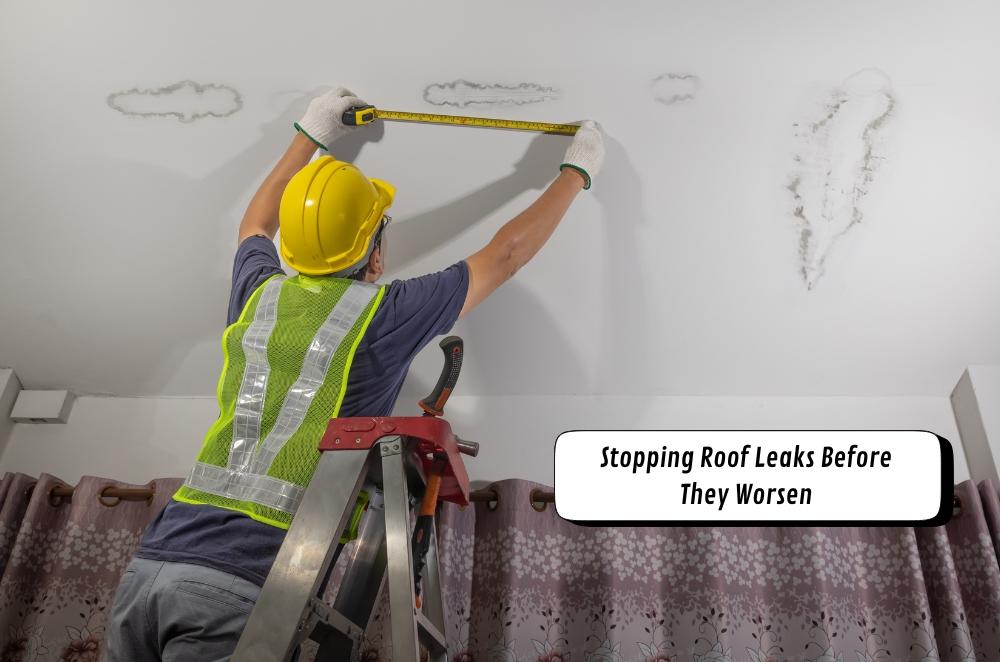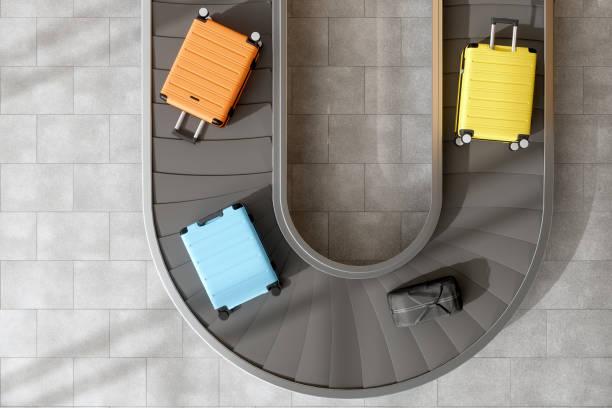Stopping Roof Leaks Before They Worsen

Rain doesn’t check the clock, and a leaking roof won’t wait until daylight. When water shows up inside, nobody is chasing a polished job, just something safe and steady. The first task is to stop more damage, then fix the cause without creating new problems. For many Sydney homes, Urgent roof leak repairs become more than a phrase. It’s a reminder that speed matters, but care matters more. Switch off the power near wet areas, set up buckets to catch the drip, and trace the path. Often, the leak isn’t where it seems. Flashings, cracked tiles, storm debris, or blocked gutters are often the cause of the trouble.
What’s the first move during a roof leak?
The first move during a roof leak is to keep people safe and slow the water. Cut power near wet spots, move belongings, and make space to inspect.
From there, the focus shifts to weak points, such as lifted flashing, broken tiles, punctured underlay, or clogged valleys. Temporary covers should be solid but removable, not nailed through tiles or tin. Around Sydney, we see plenty of fixes that don’t hold through the next storm. Knowing what actually works in roof repair helps avoid that cycle.
-
Move furniture and spread plastic quickly
-
Catch water and note colour and flow
-
Photograph entry points before covering
-
Keep kids and pets away from wet rooms
How do you stabilise without adding damage?
You stabilise a roof leak without adding damage by using covers and diversions that protect rather than strain the roof. Tarps should be weighted along edges, not pinned in the middle, and runoff should be guided clear of ceilings.
Sandbags or timber strips hold sheets firm without punctures. Inside, easing a small hole in sagging plaster can stop a full collapse, letting water drain into a container. Avoid silicone on damp surfaces. It doesn’t stick and makes future work harder. If the wind is still up, work from the safe side and stay harnessed. Quick, careful moves are far better than rushed risks.
-
Secure tarps along ridges and eaves
-
Clear gutters before adding cover
-
Never drill or screw through tiles
-
Mark temporary fixes for later repair
When should you call in specialists?
You should call in specialists when leaks persist after a cover has been applied or when structural, electrical, or asbestos issues are involved. Calling early limits ceiling collapse, mould and insurance issues.
Specialists can trace hidden paths, replace damaged parts correctly, and ensure their work is guaranteed. They also coordinate with electricians when wiring is at risk and record all information for claims. After heavy weather, waitlists grow rapidly, so booking immediately can save you days. Small leaks often turn major in no time. That is why knowing the essentials of emergency roof leaks is part of smart home care.
Conclusion
Roof leaks don’t just test the roof, they test timing and response. The faster you act, the less harm spreads through ceilings, walls and wiring. Simple steps like tarping, draining sagging plaster and calling help early, can change the outcome from a minor repair to a full rebuild. Keeping the basics in mind gives any homeowner the best chance of staying dry and avoiding drawn-out stress.








